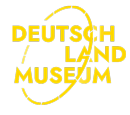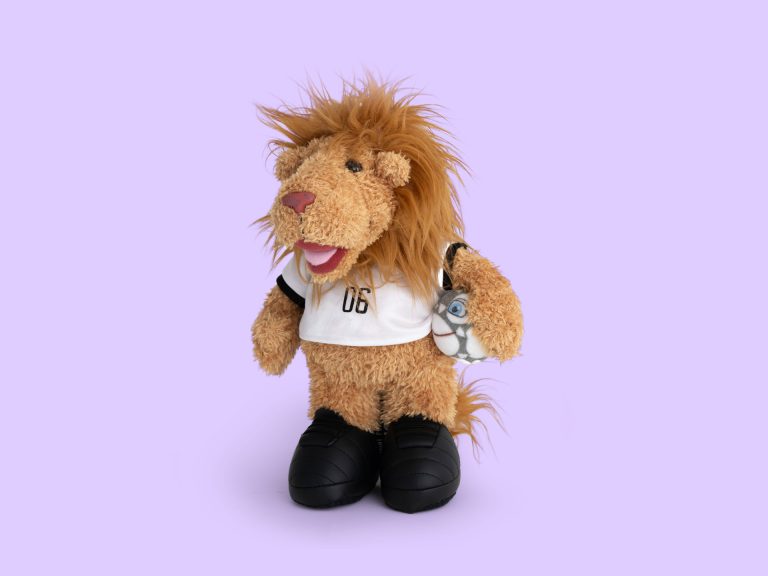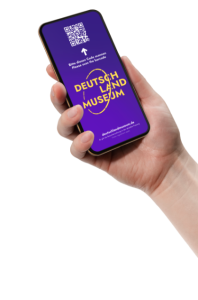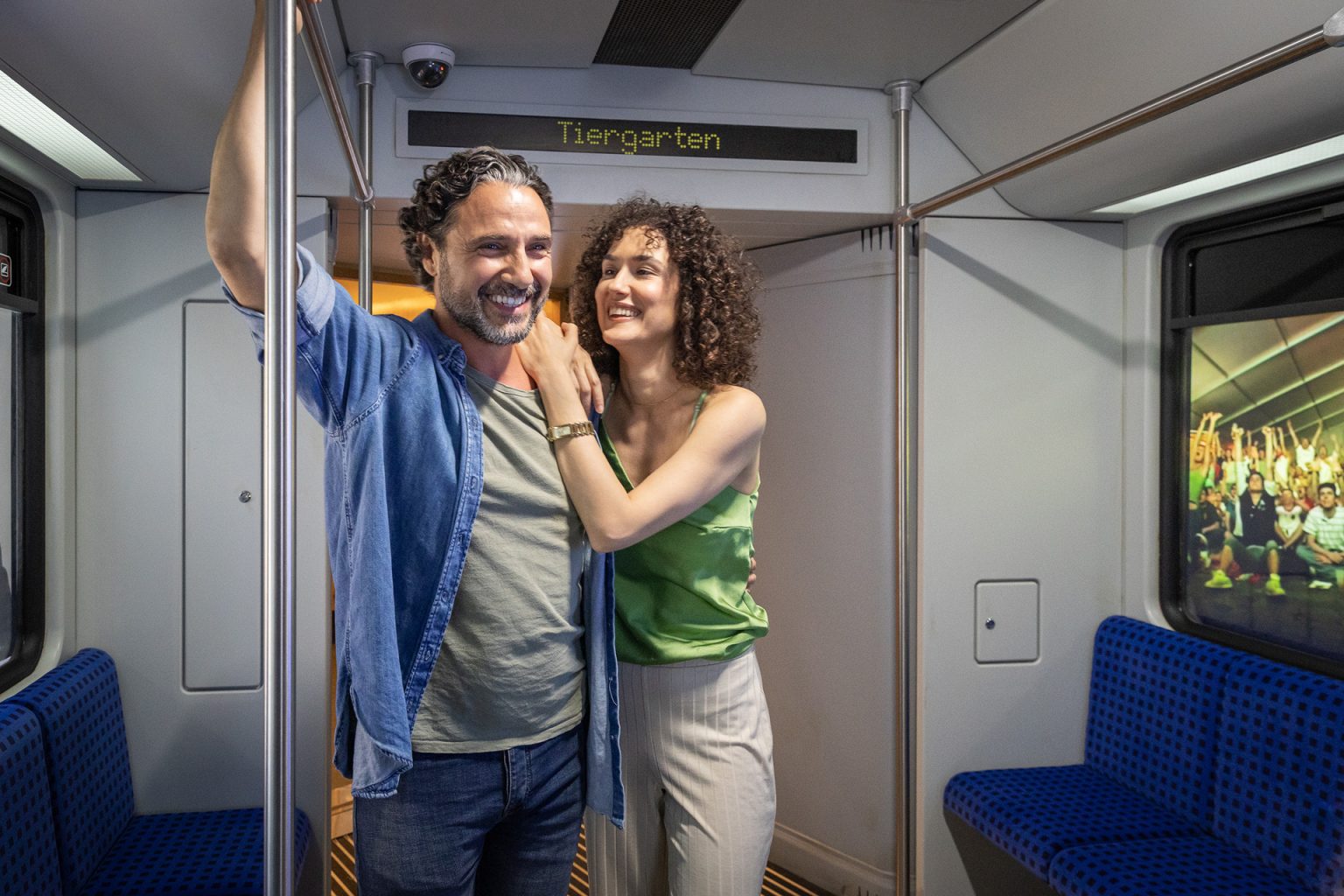
German reunification
1990
German reunification
A new beginning with ups and downs
The Peaceful Revolution in East Germany ended with the fall of the Berlin Wall in 1989 and the reunification of East and West Germany a year later. After returning to its former status as capital city of a united Germany and cultural centre of the nation, Berlin hosted a number of major international events. The Berlin republic has seen many changes in the last 30 years; recent German history has also included a number of crises.
The Peaceful Revolution and the fall of the Berlin Wall
The end of the 1980s witnessed the easing of tensions between East and West in the Cold War, mainly due to the reforms introduced by Soviet leader Michael Gorbachev. The hopes raised amongst ordinary East Germans by the promise of change were disappointed by the intransigence of the SED, the ruling party in East Germany. Combined with the inability of the East German economy to satisfy consumer demand, this caused widespread protest. Others voted with their feet and left the country.
Thousands of protesters gathered every Monday evening to demand reform, democracy and freedom. When an announcement came that the East German government intended to ease travel restrictions, thousands of people flocked to the border crossings in Berlin on 9 November 1989. In the face of the crowds, border guards opened the gates and let everyone through.
Once the political and legal formalities for reunification had been settled, the governments of the two German states merged on 3 October 1990.
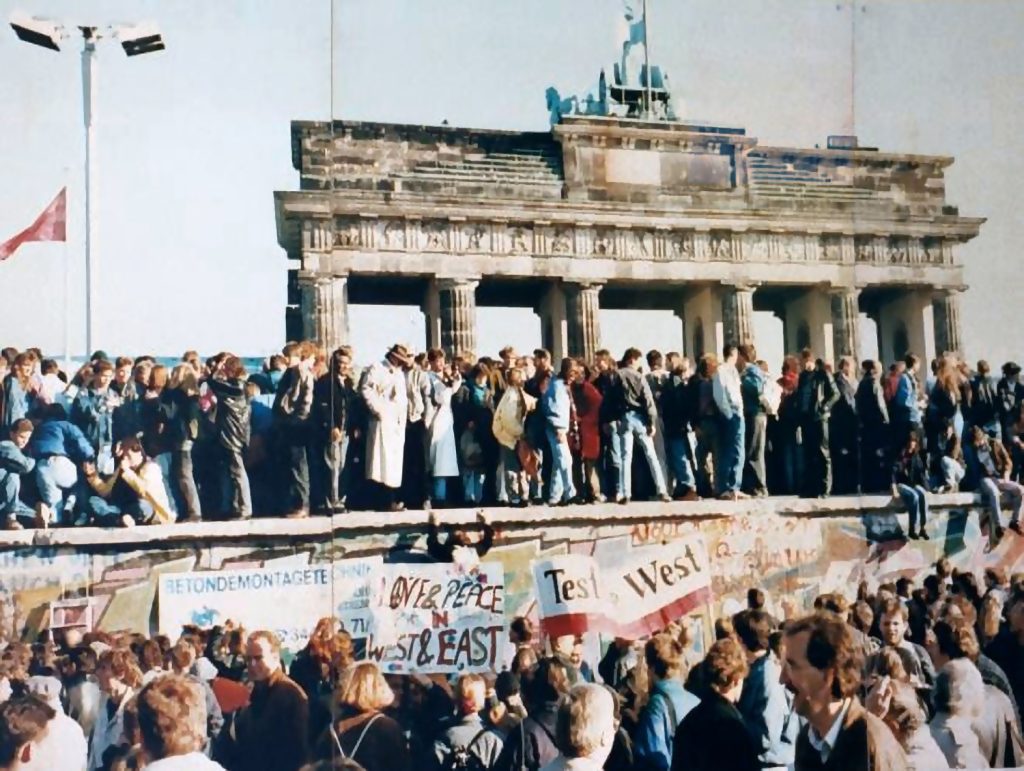
Crowds on the Berlin Wall: a peaceful revolution ended forty years of German division on 9 October 1989 Anonymous photograph, November 1989 (source: Wikimedia Commons, reproduction from User Lear 21, CC BY-SA 3.0 DEED)
A vibrant Berlin at the heart of a united Europe
The end of the Cold War and the collapse of the Soviet Union facilitated the formation of the European Union in 1992, which 11 countries, including Germany, initially joined. Economic and political integration was deepened in 2002 with the introduction of the Euro as a common currency.
As the capital of reunified Germany, Berlin developed into a centre of European economic and political importance. Art events, such as the wrapping of the Reichstag, and Berlin’s unique electronic music scene established Berlin as an important centre of European culture.
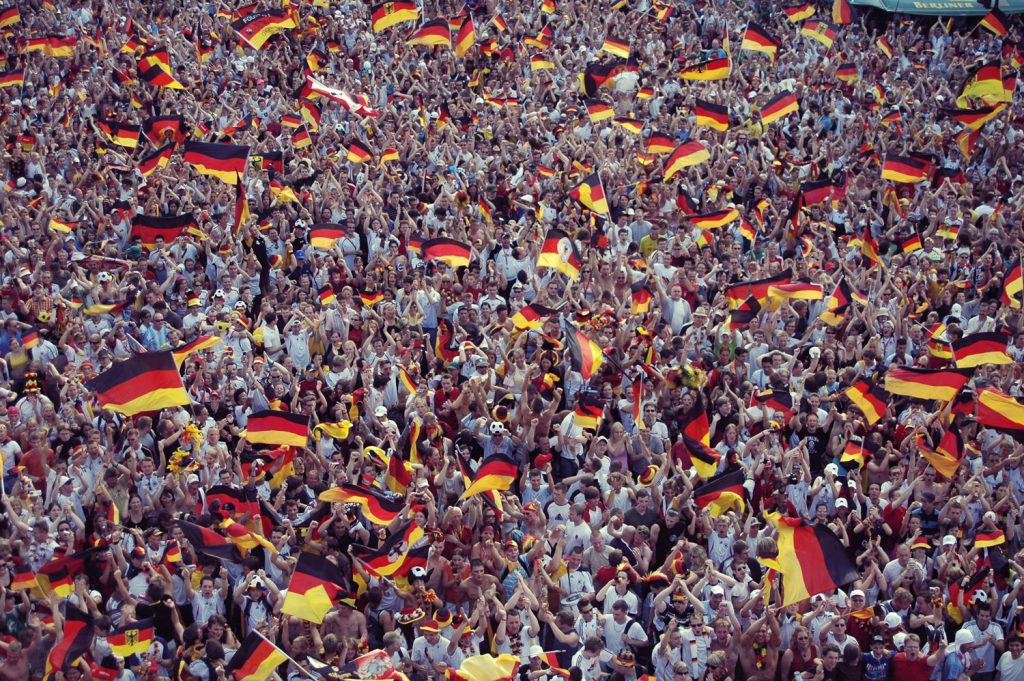
The relaxed atmosphere and warm welcome extended to visitors at the men’s football World Cup 2006 improved the international reputation of Germany Photograph, Berlin, June 2006 (source: Shutterstock.com/360b)
Hosting the men’s Football World Cup in 2006 gave Germans the opportunity to celebrate a new patriotism. Flags were displayed from houses and balconies, on cars and waved in the crowds – although not everyone was comfortable with this new manifestation of national identity. The welcoming and exuberant atmosphere established during the competition had a positive impact on the image of Germany abroad.
Despite these positive developments, the wounds of history have yet to heal completely. Differences in living conditions between East and West are still evident today and the united Germany has had to navigate a number of crises. Only time will tell how they will affect German society.
Share article
1990
Following a peaceful revolution by East German citizens and the fall of the Berlin Wall in 1989, East Germany joined the Federal Republic of Germany on 3 October 1990.
Epochs in the museum
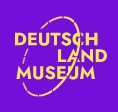
About the Deutschlandmuseum
An immersive and innovative experience museum about 2000 years of German history
The forest of the Varus Battle
Knowledge is just one click away
Embark on a journey through 2,000 years of German history. One country, 12 epochs. You’re invited to experience the Epoch Weeks at the Deutschlandmuseum. Every week we showcase an epoch that is also on display in the Deutschlandmuseum.
FAQ
East Germany joined the Federal Republic of Germany on 3 October 1990.
Months of demonstrations forced the East German government to make concessions to its citizens, and the Berlin Wall fell on 9 November 1989. Following lengthy negotiations, East Germany officially joined the Federal Republic of Germany on 3 October 1990.
As one of the strongest economies in Europe, Germany put its political weight behind the formation of the European Union.
The DDR was dissolved on 3 October 1990 after its parliament voted earlier that year to join the Federal Republic of Germany.
